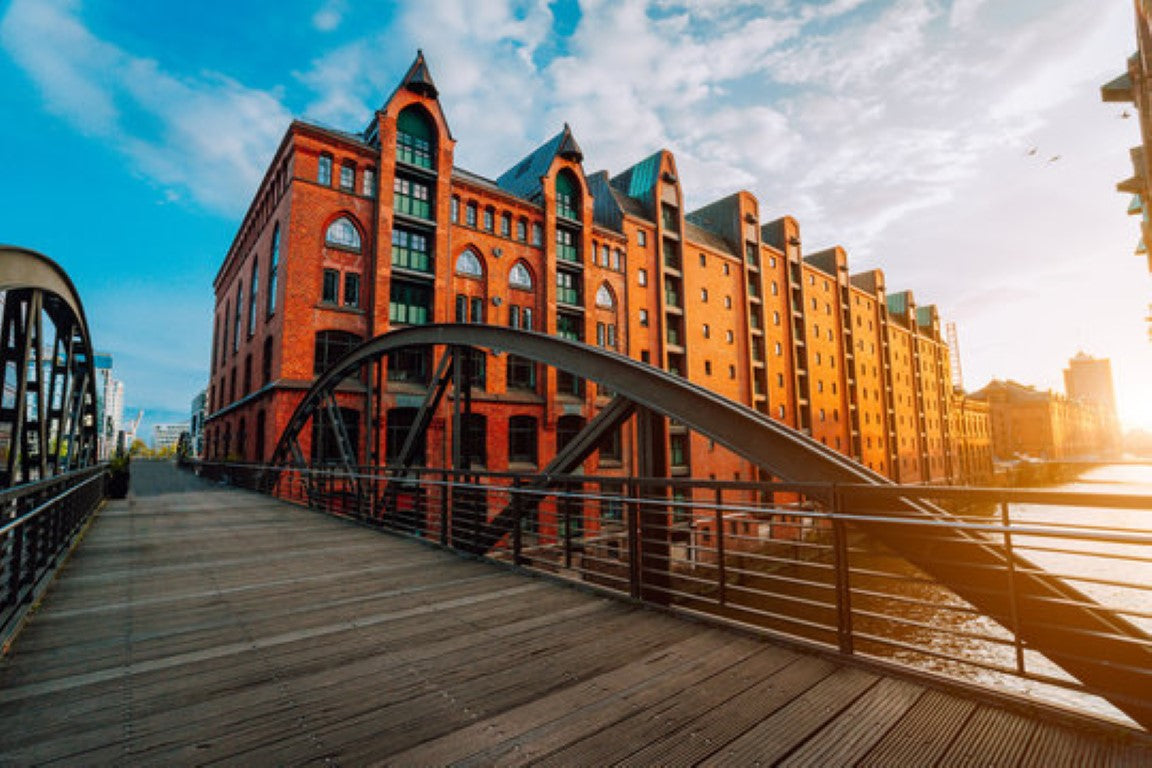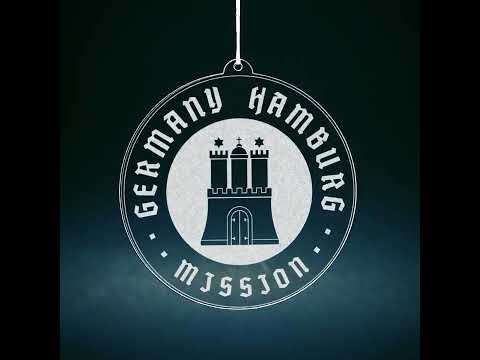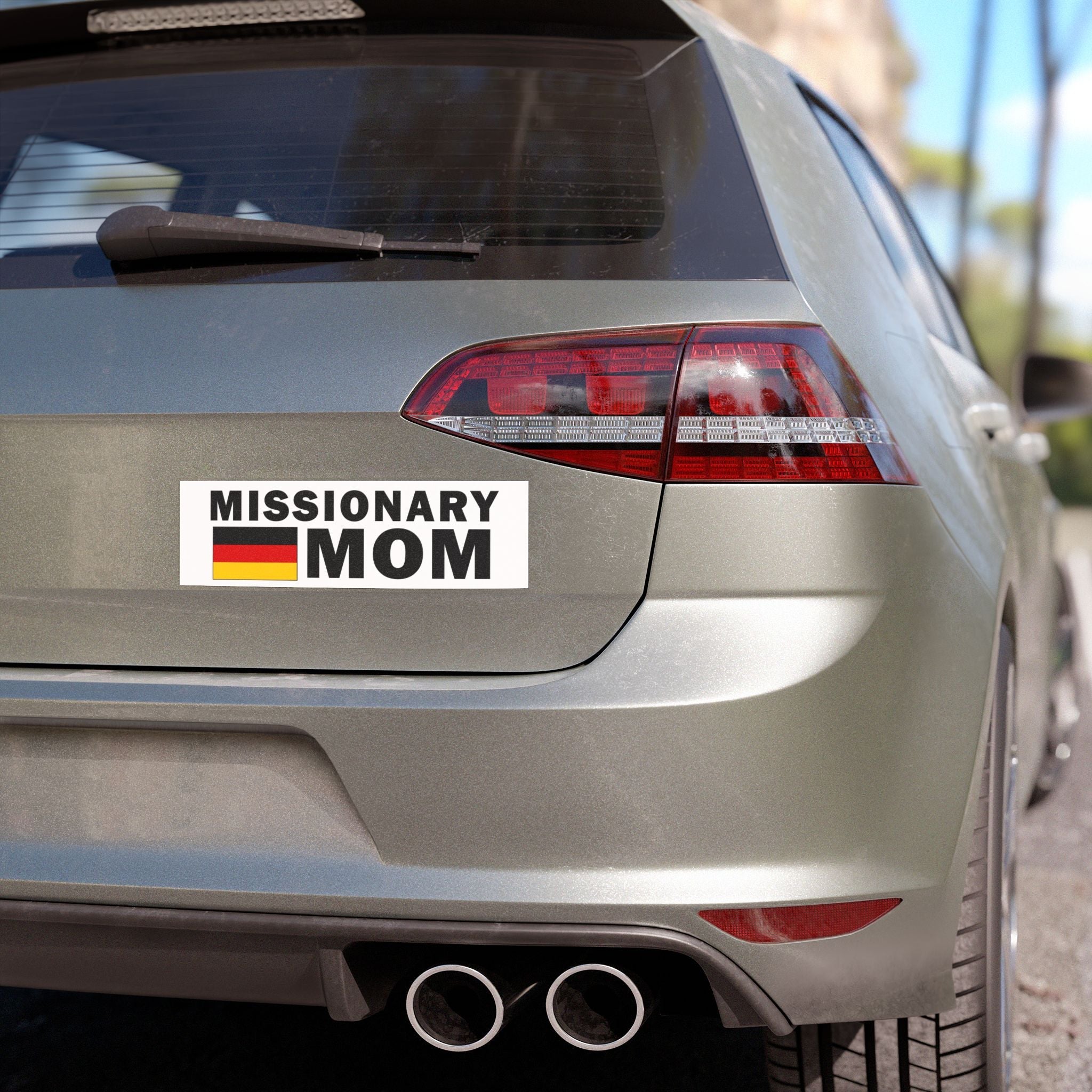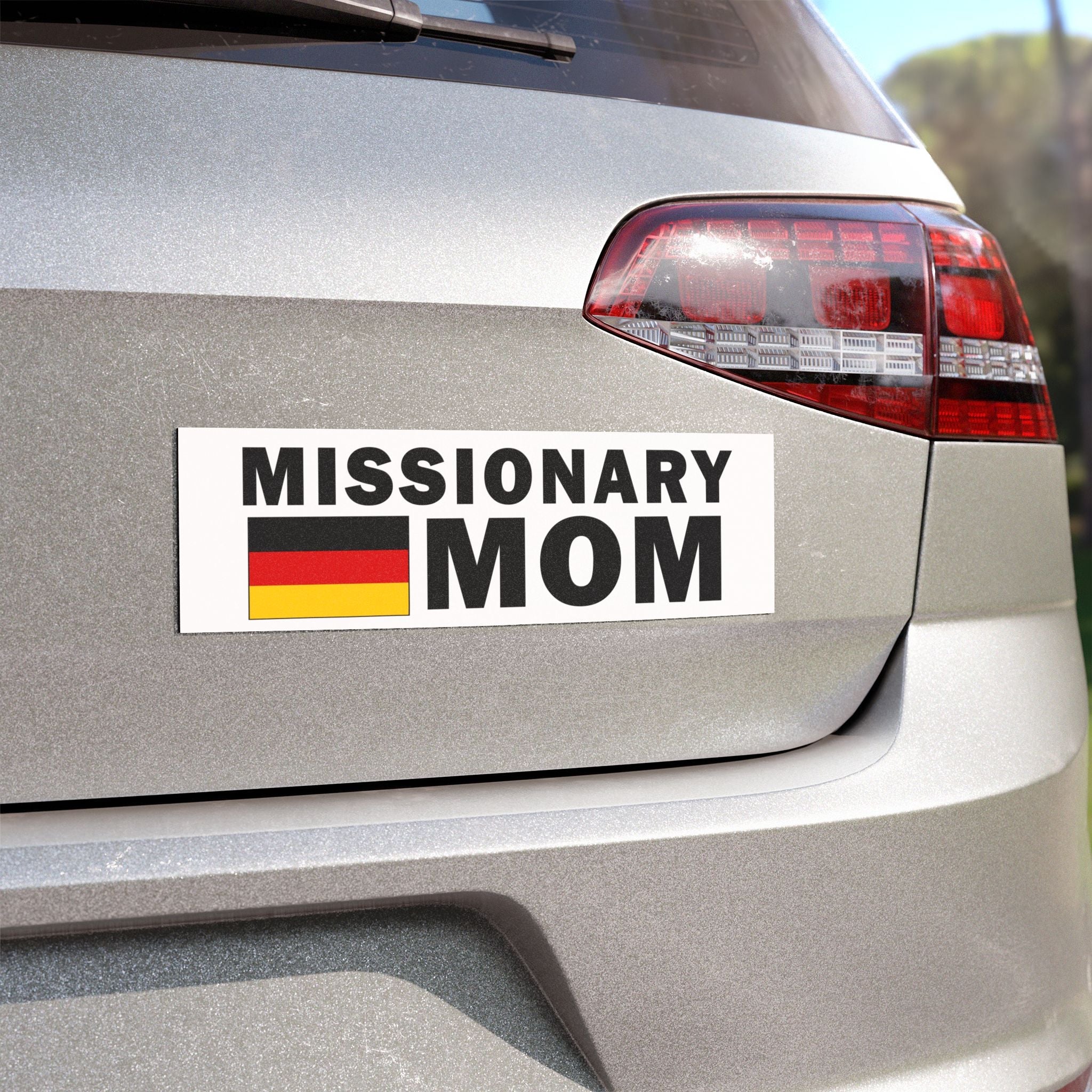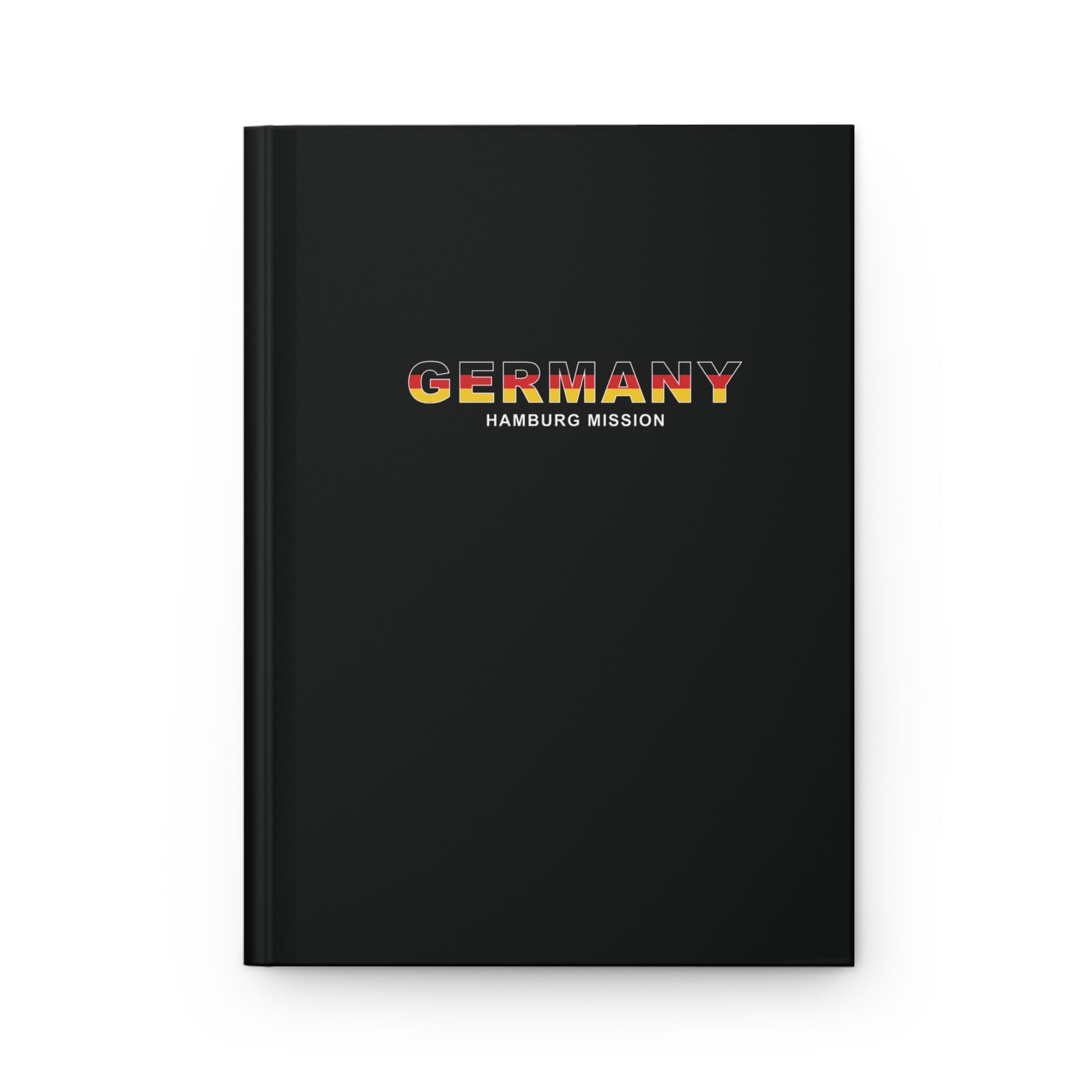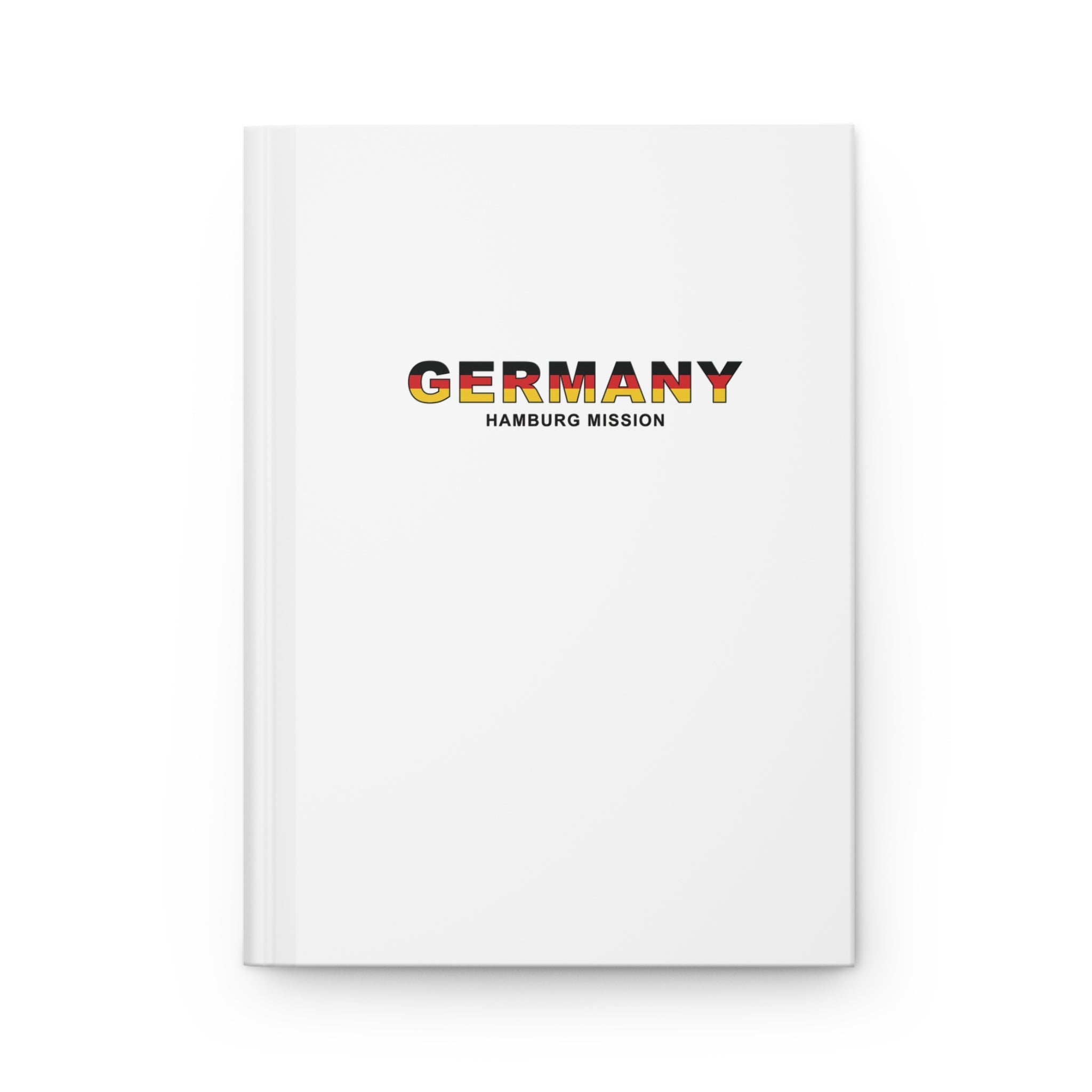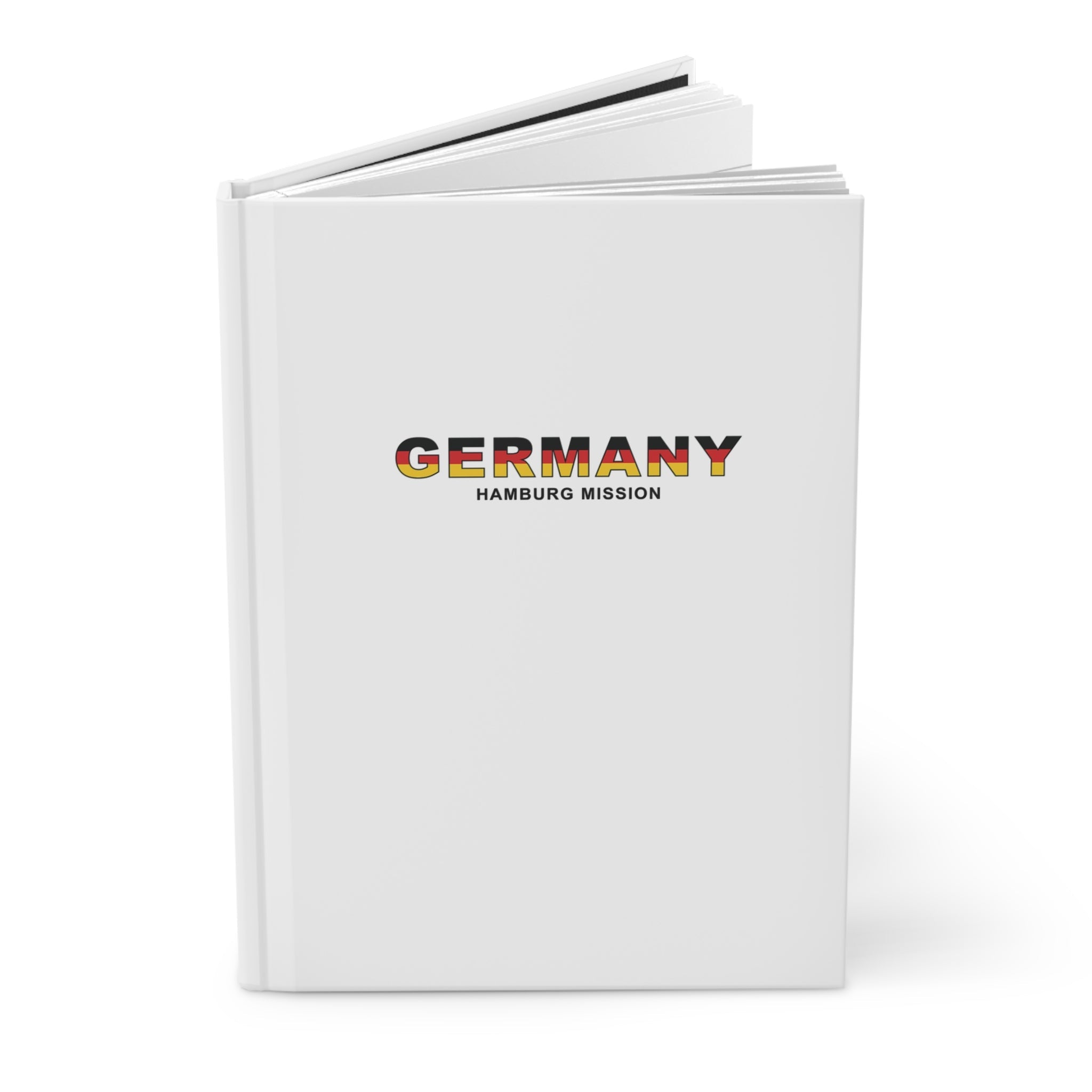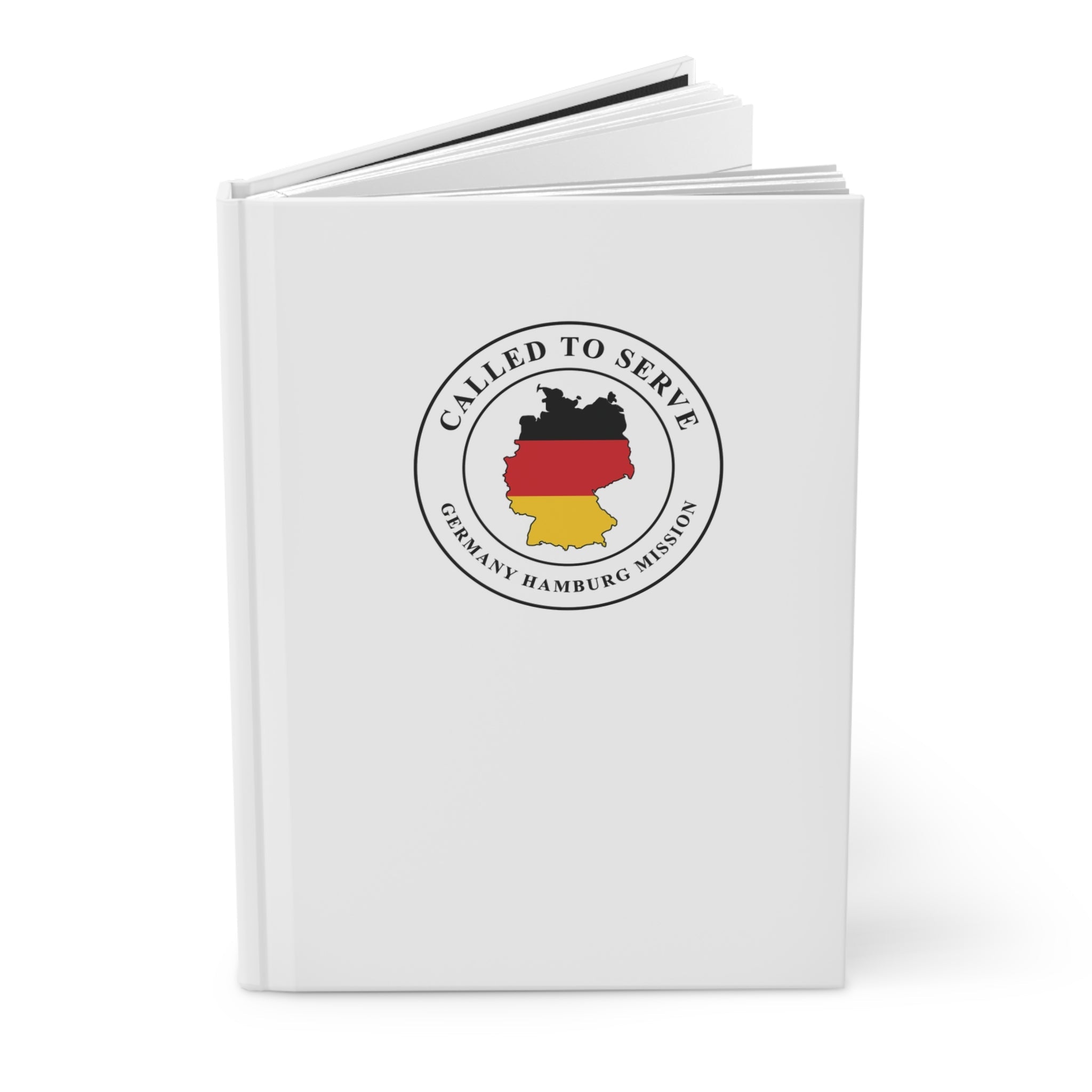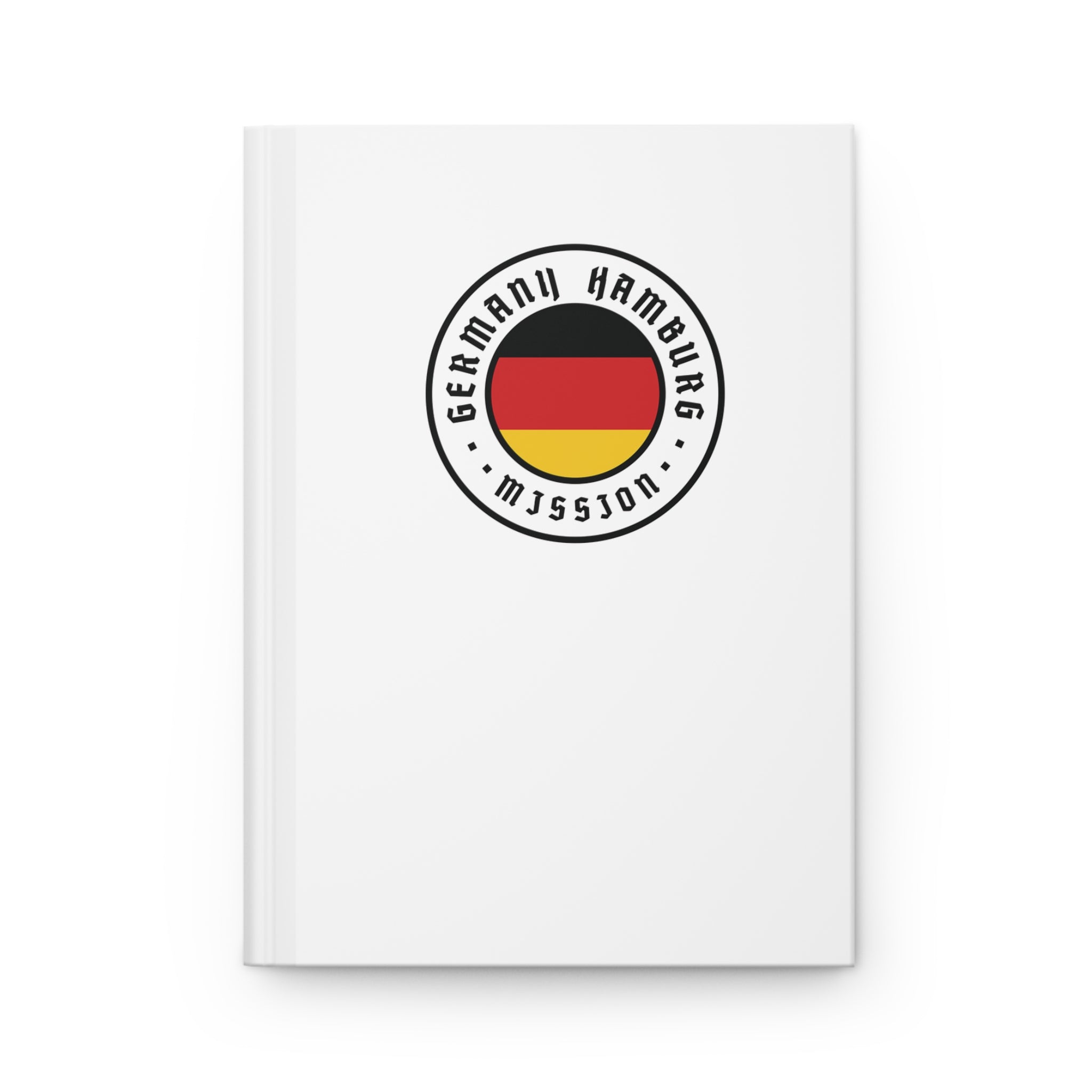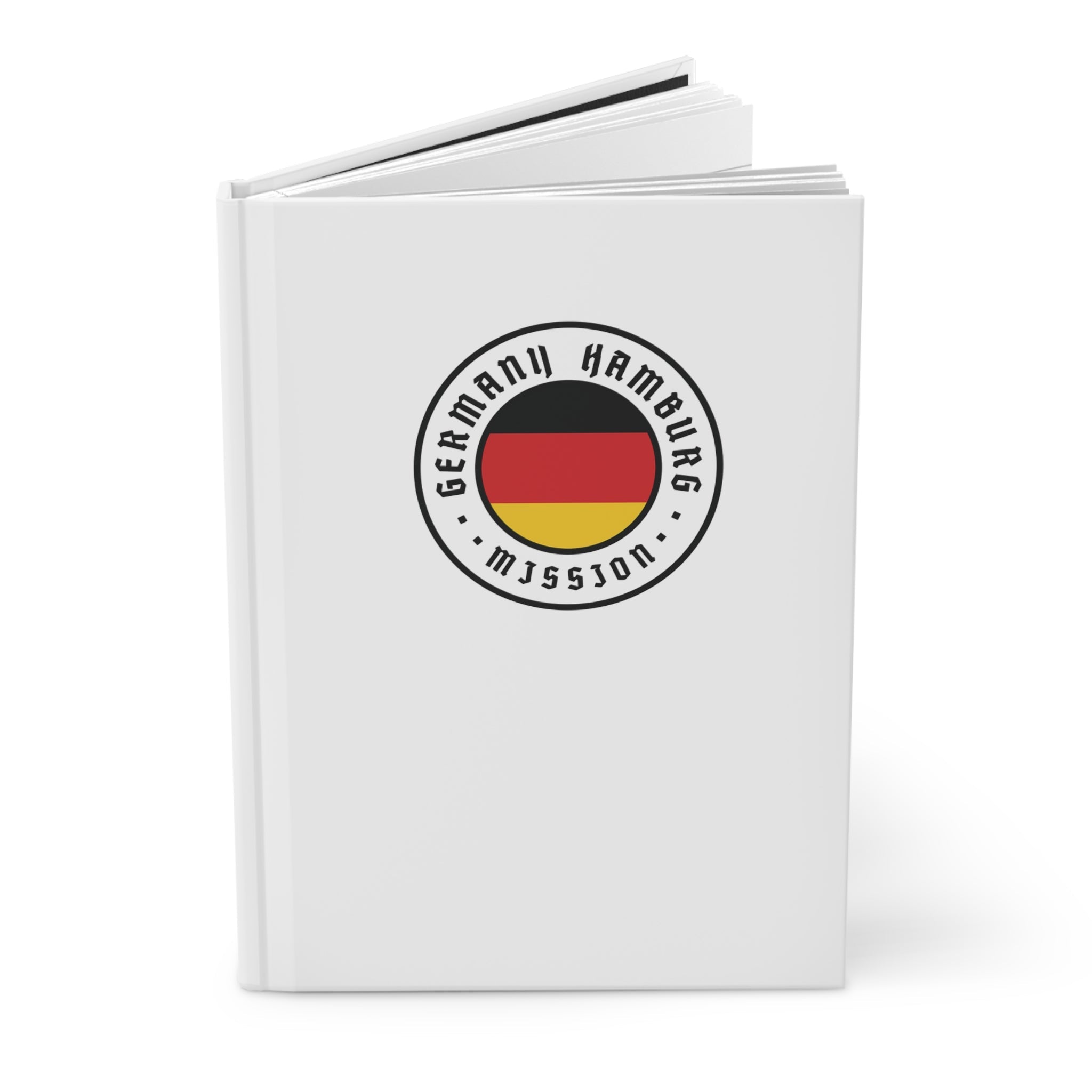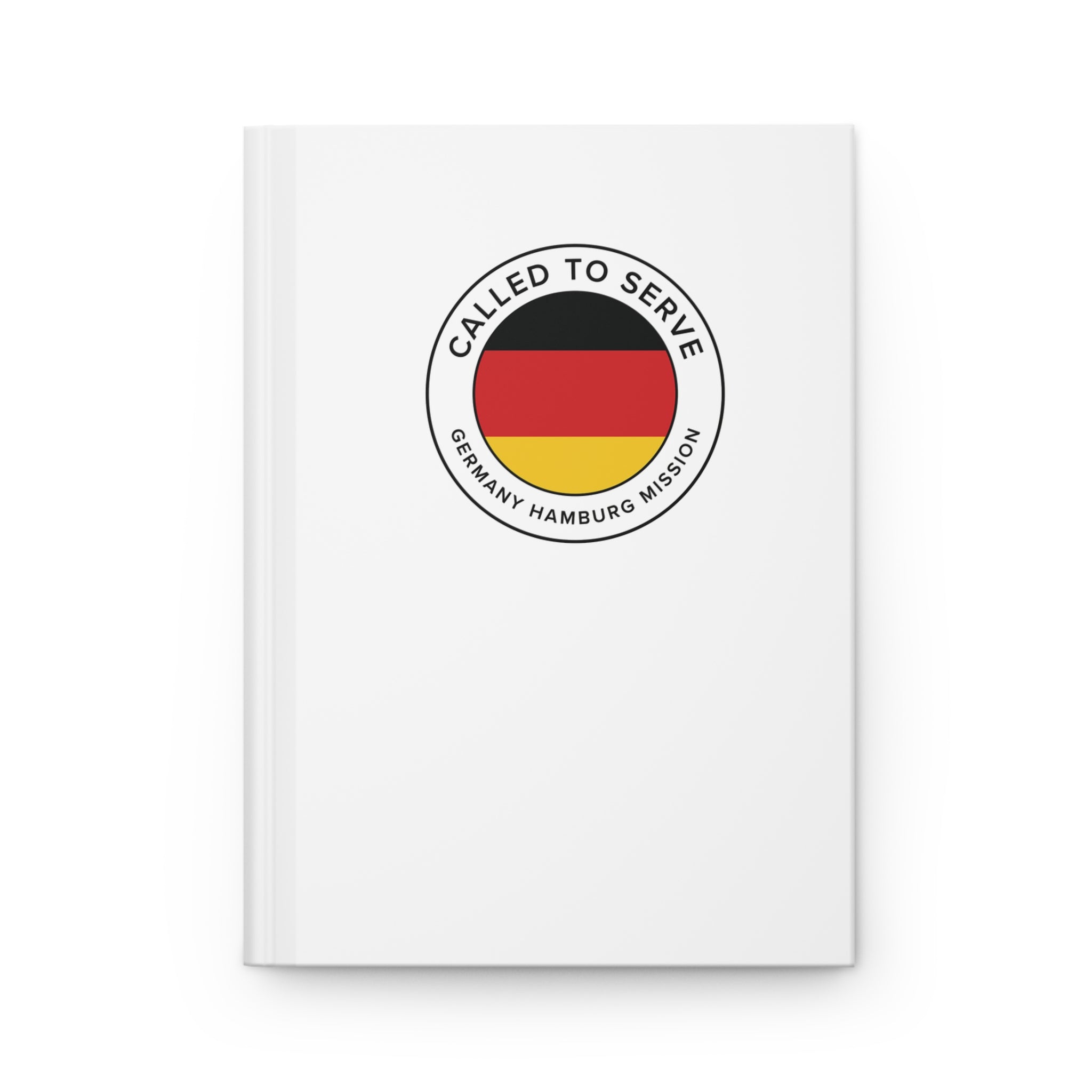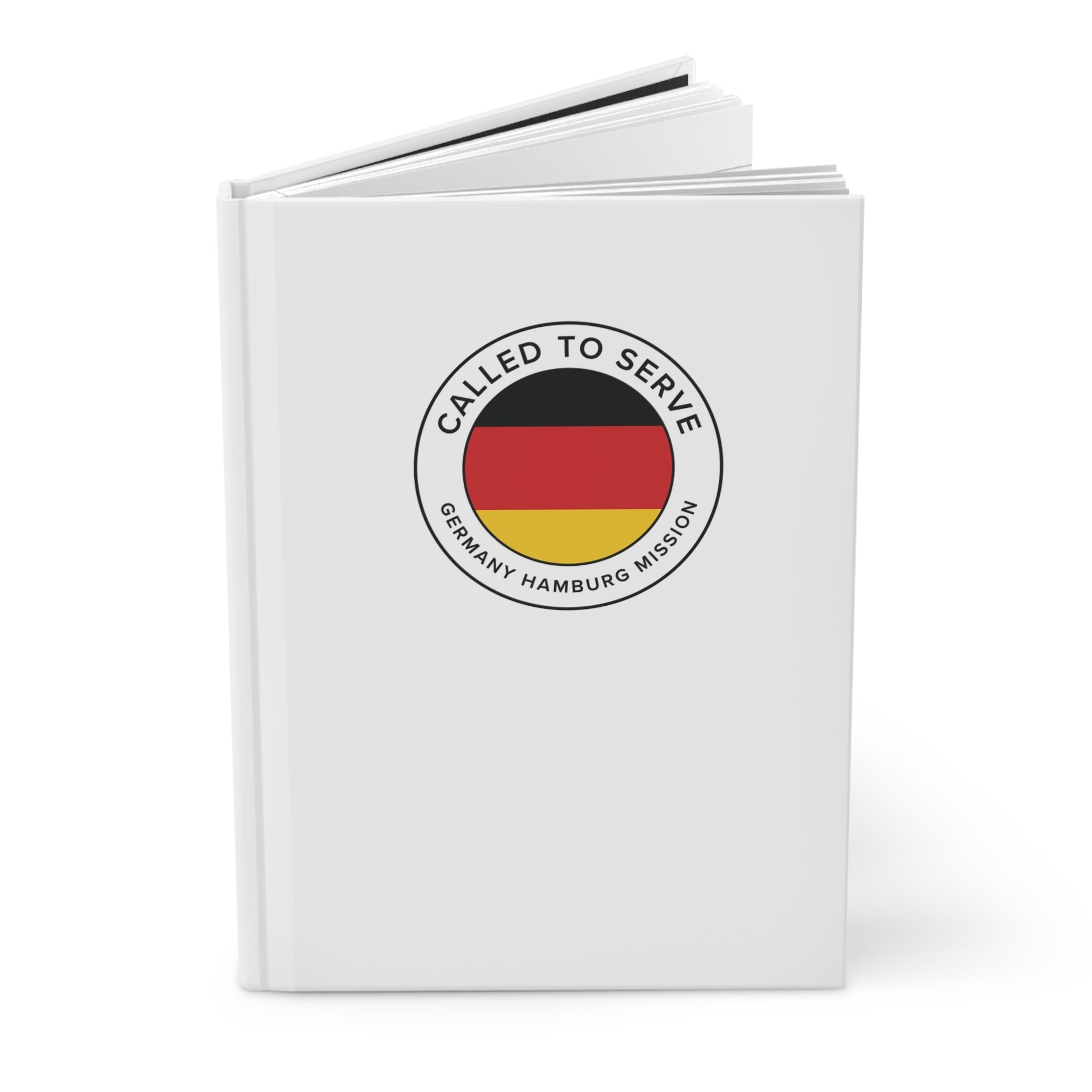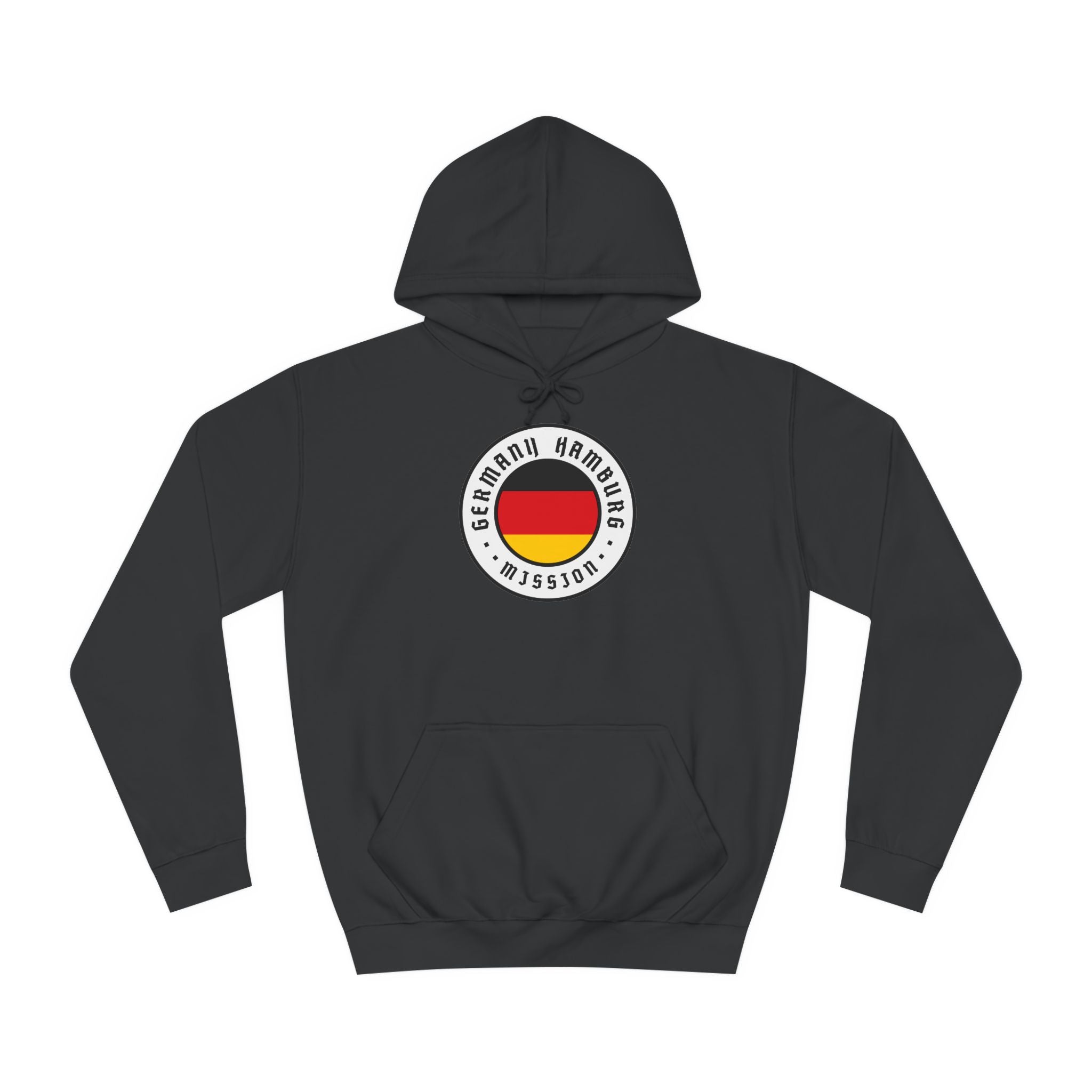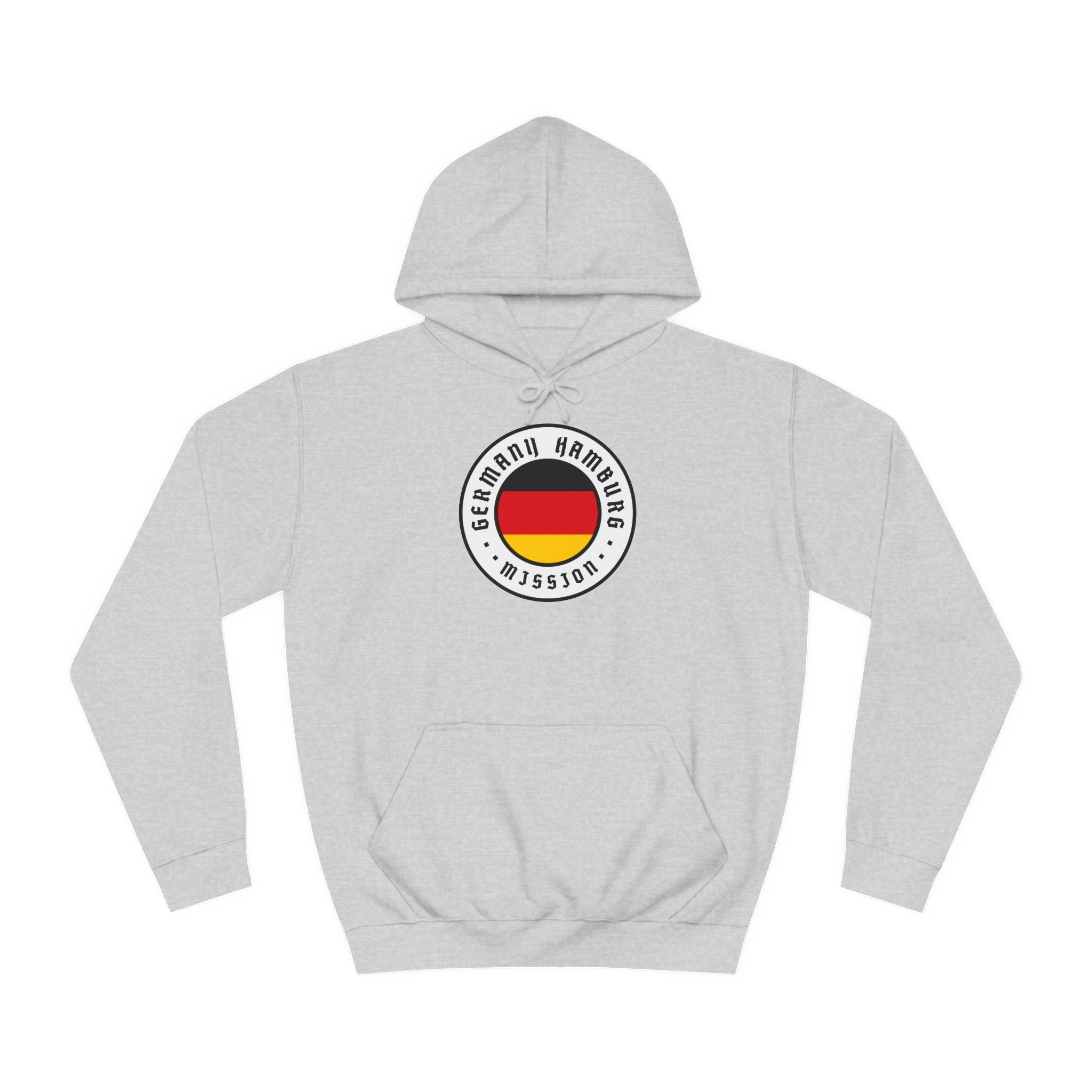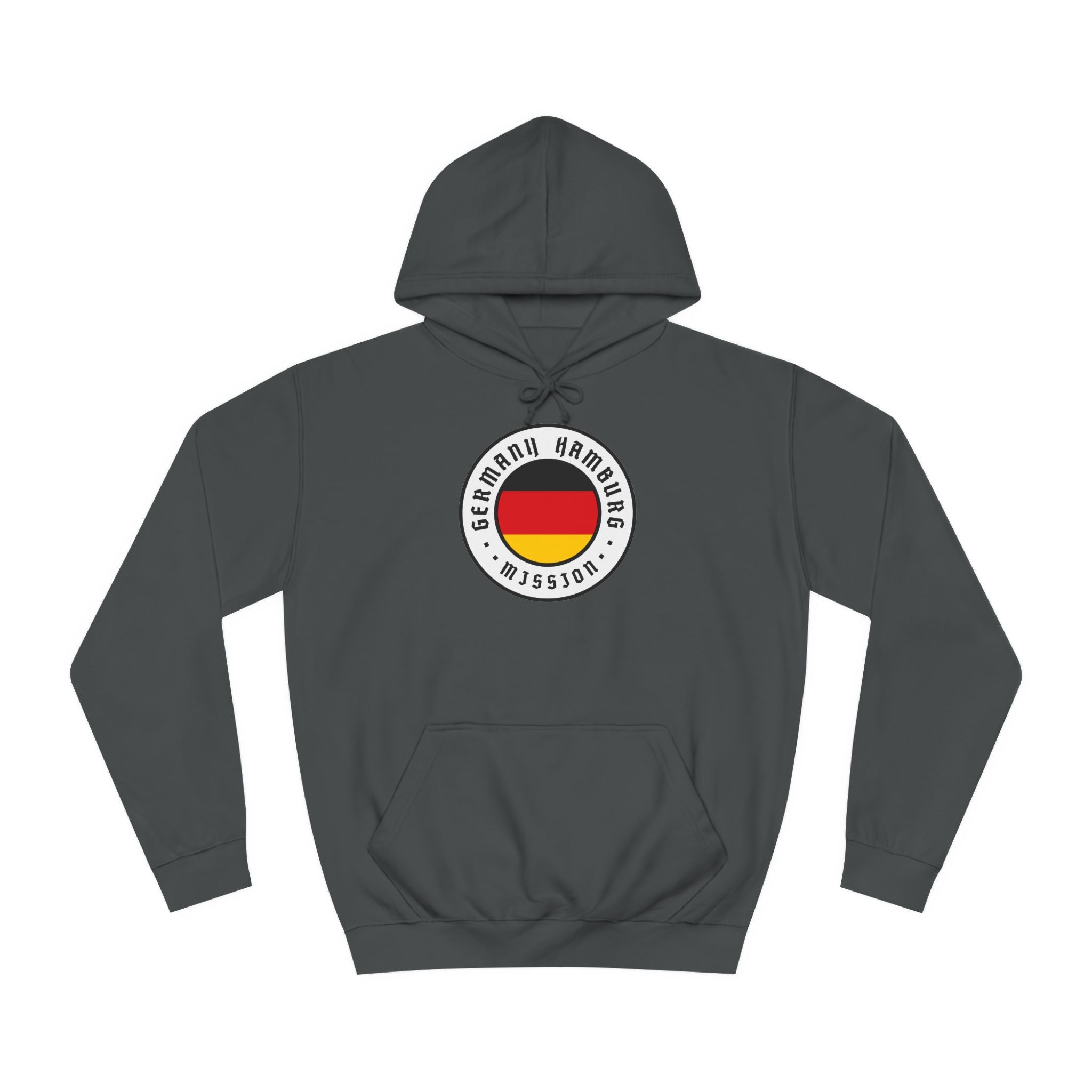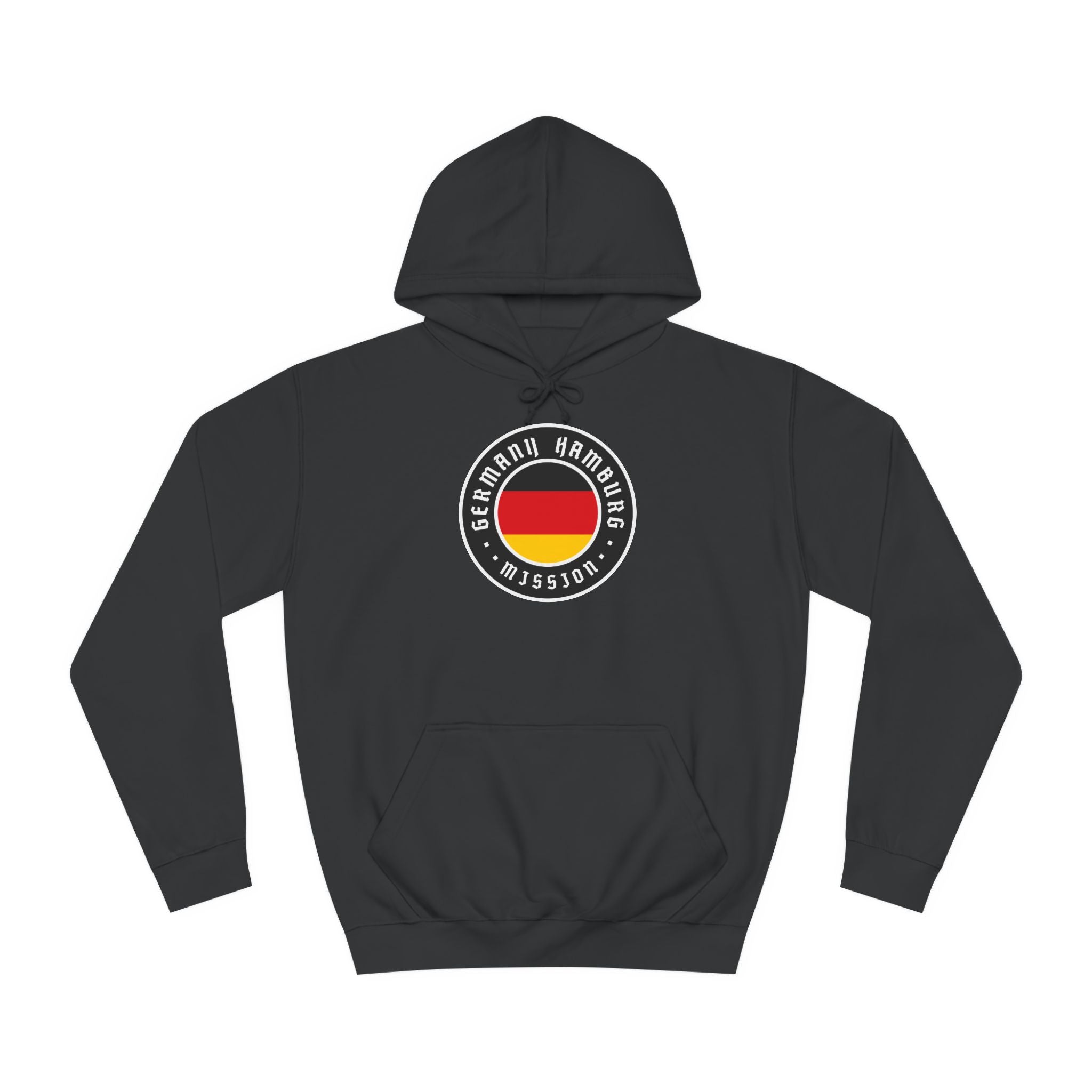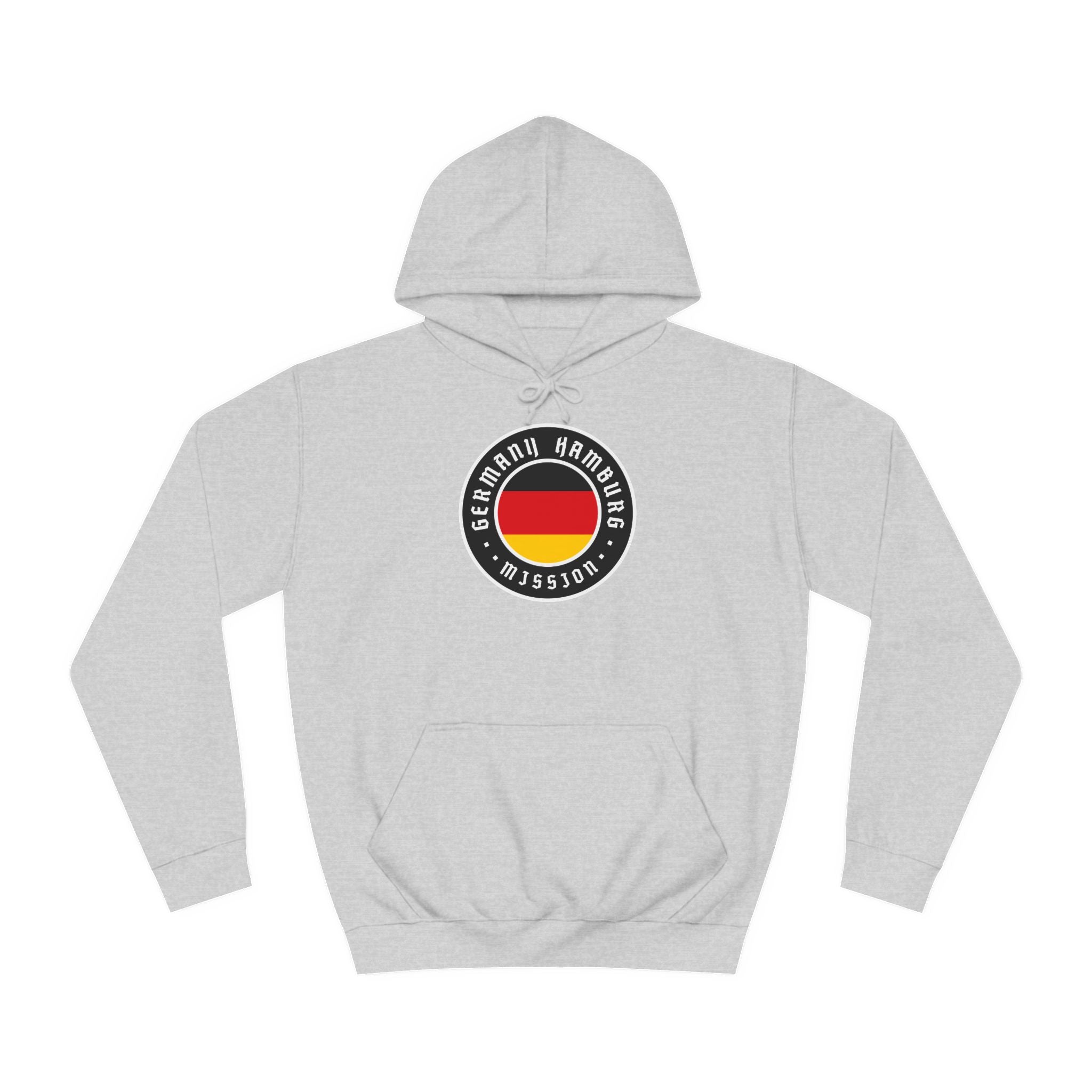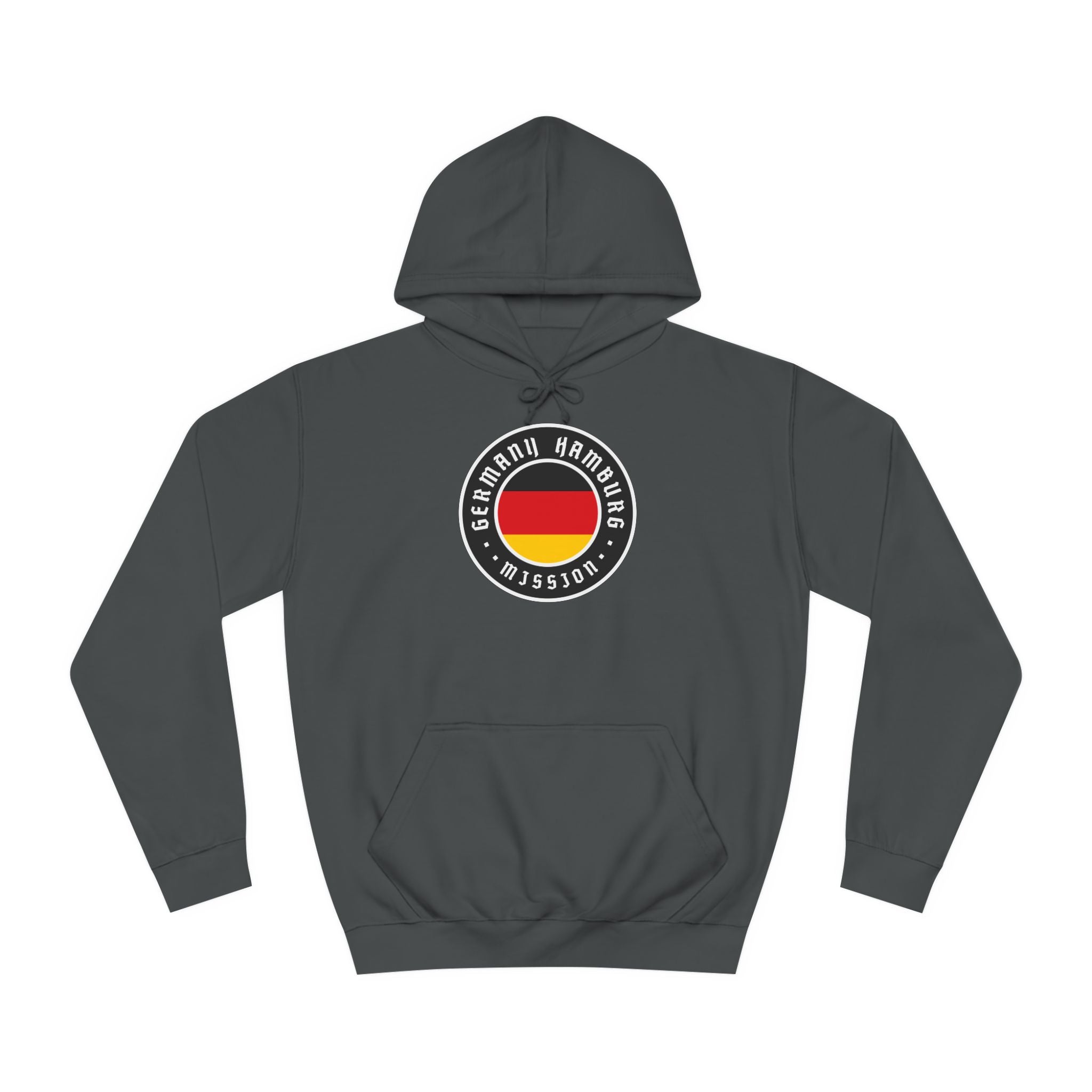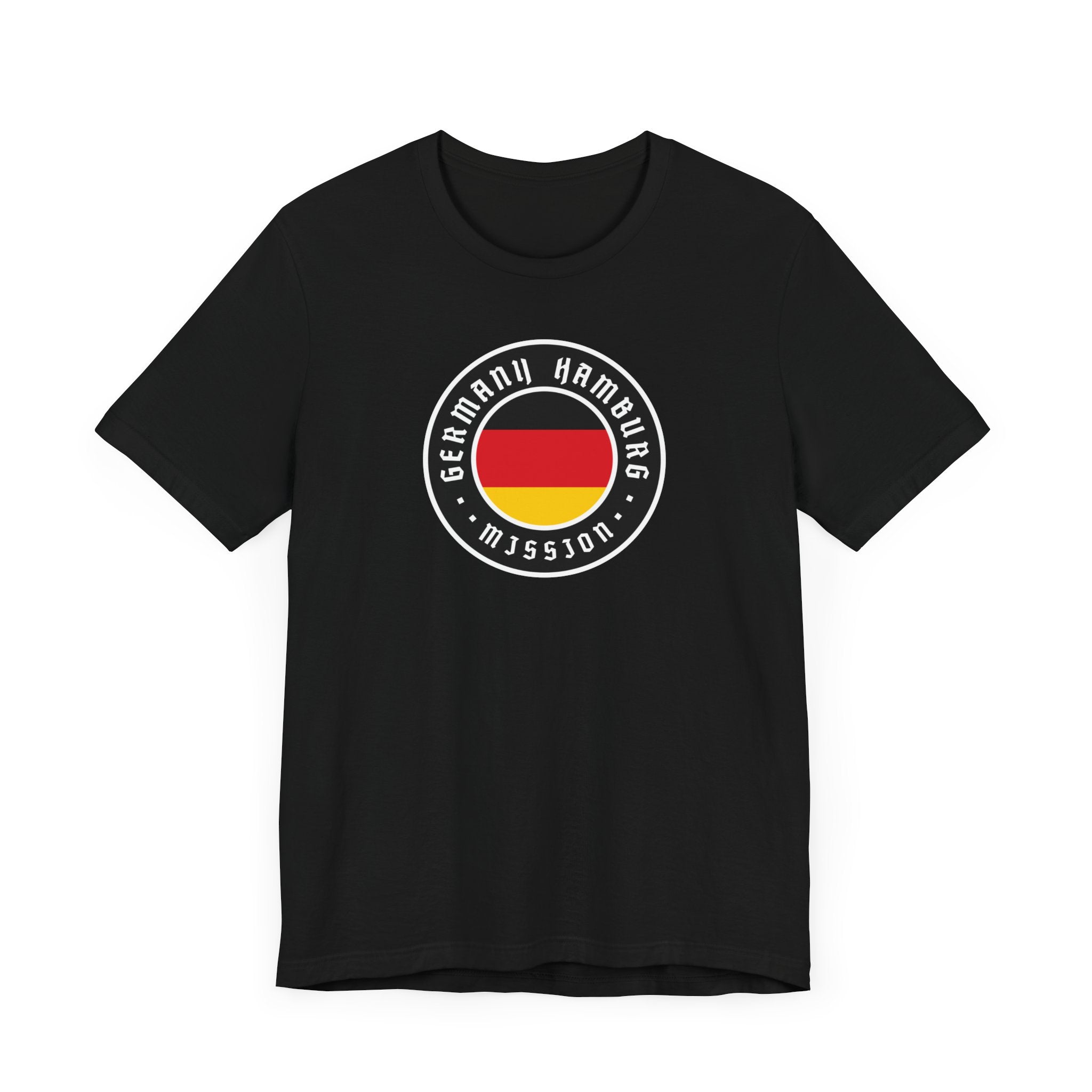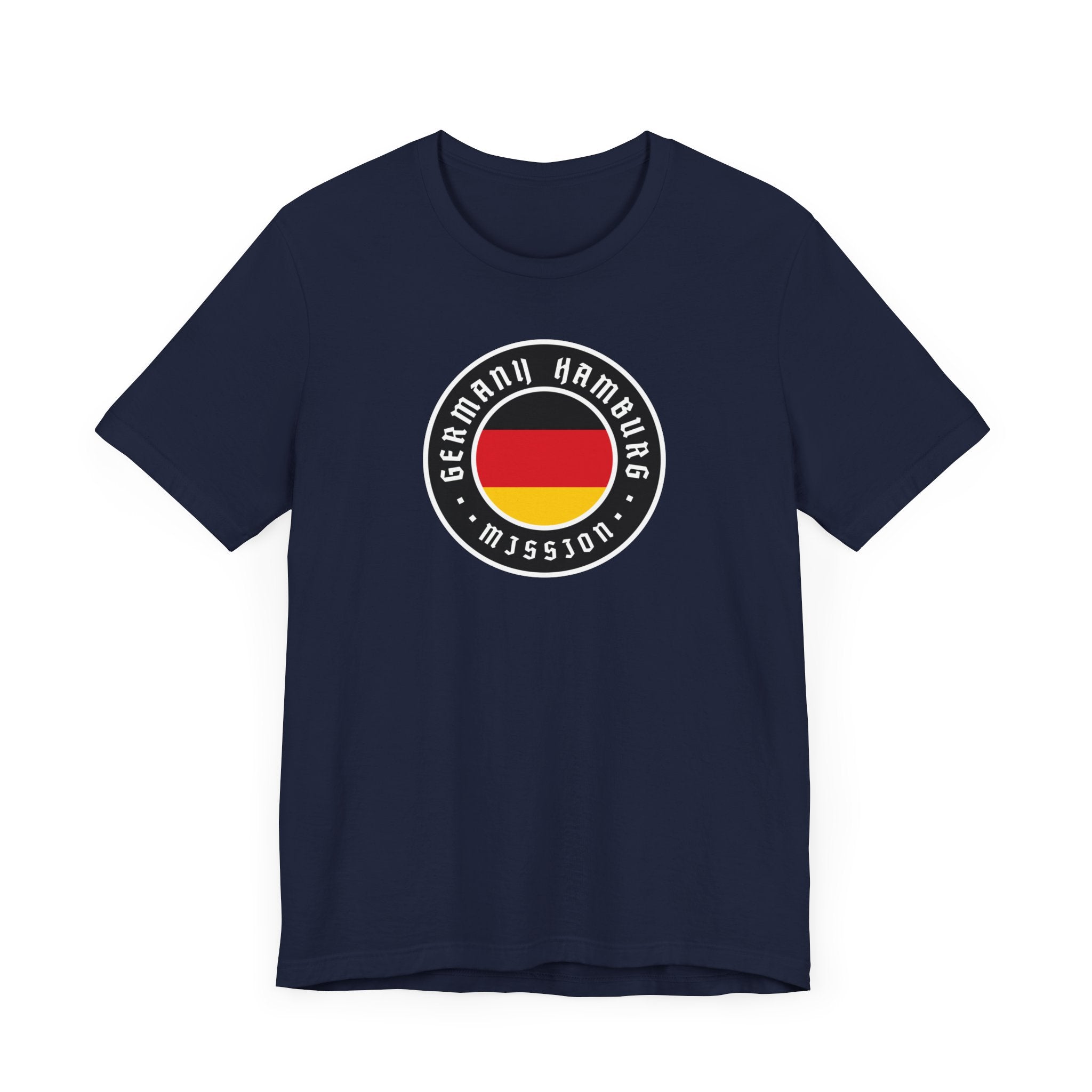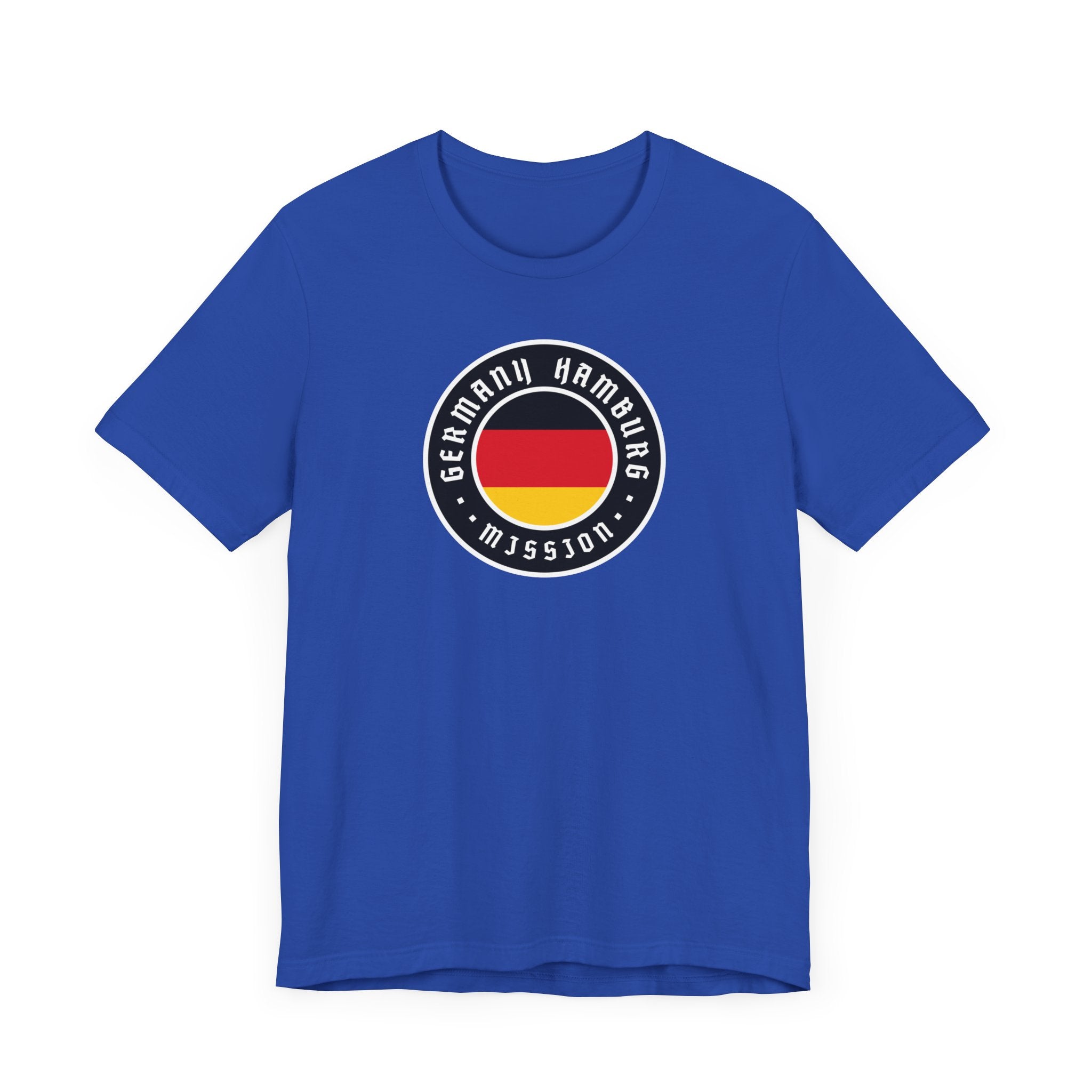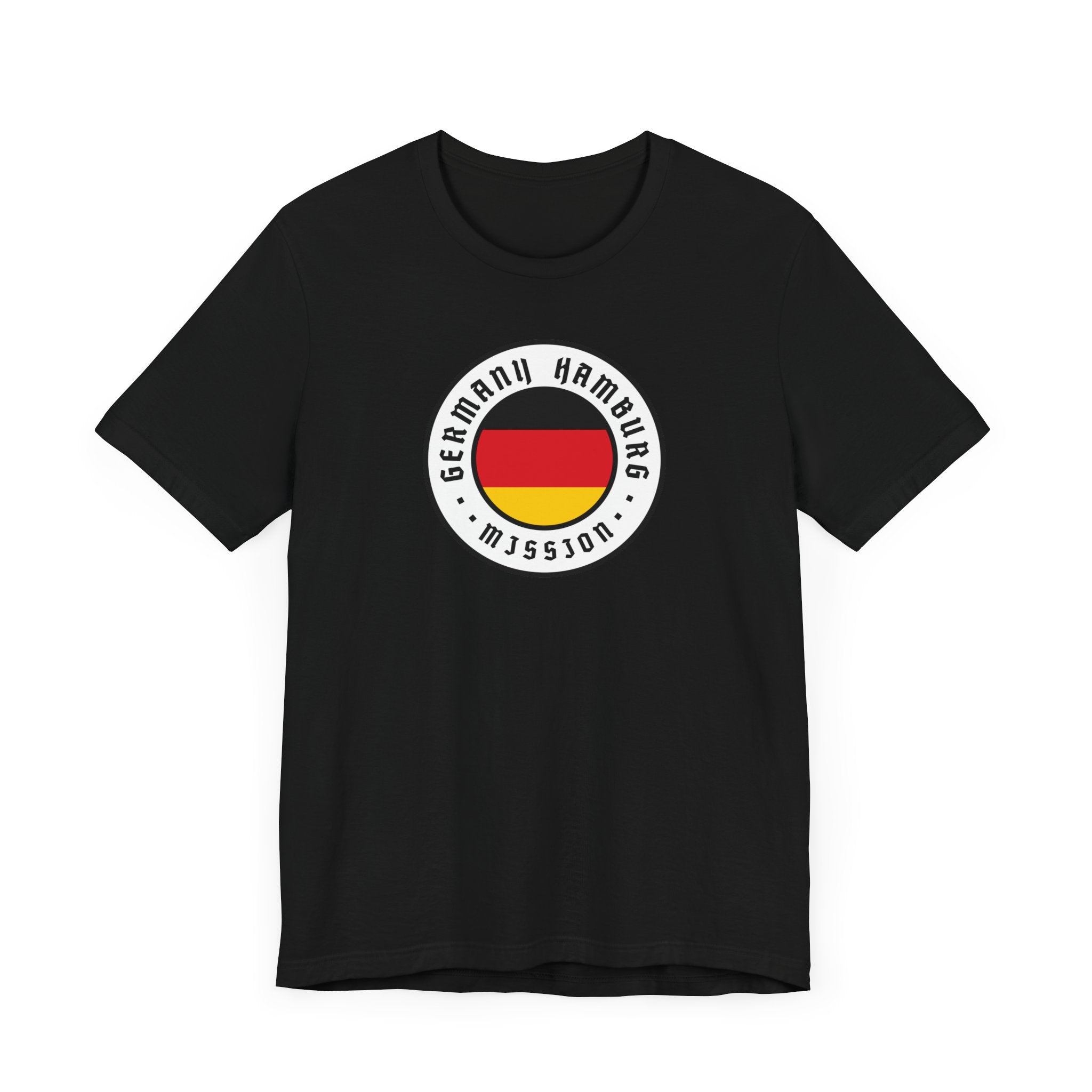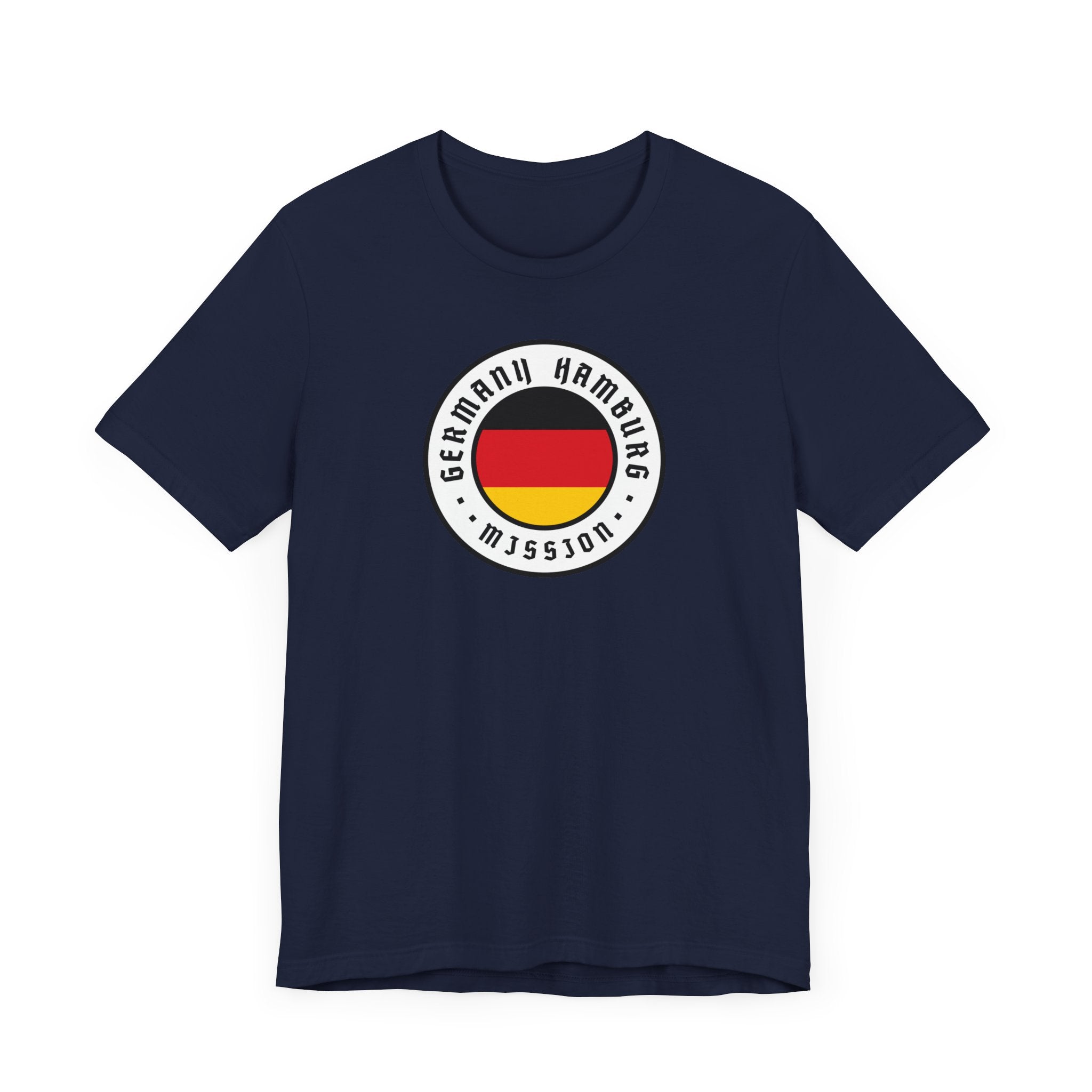“There is a great work to be done in Germany,” Elder Orson Hyde of the Quorum of the Twelve Apostles wrote in 1840. Over the next decade, however, Hyde and other missionaries found little success preaching on German soil. In 1851 Elder John Taylor, George P. Dykes, and George Viett organized a small branch in Hamburg, and the Book of Mormon, translated by Dykes and Viett, was published in 1852. For nearly two decades many converts, fleeing harassment, moved to the United States; few Saints remained in Germany by the 1860s. In 1868 Karl G. Maeser, a convert from Dresden, became president of the Swiss and German Mission. Maeser called local members as branch leaders, began publishing Der Stern (a newspaper for German-speaking Saints), and established a permanent Church presence in Germany.
In the 20th century, amid the ravages of two world wars and a devastating global depression, the Church flourished in Germany. Some German Saints, seeking economic opportunity elsewhere, established branches in Europe and South America while many others stayed, supported one another, and accepted calls to preach the gospel. Through World War II and the dividing of the nation into East and West, Saints continued to “meet together oft … to speak one with another concerning the welfare of their souls” (Moroni 6:5). Stakes were established and buildings constructed in both West and East Germany. Temples were dedicated in both Freiberg in the east and Frankfurt in the west before German reunification in 1990. German Saints continue to reach out in love and service to their neighbors and contribute to the leadership and development of the Church throughout the world.
